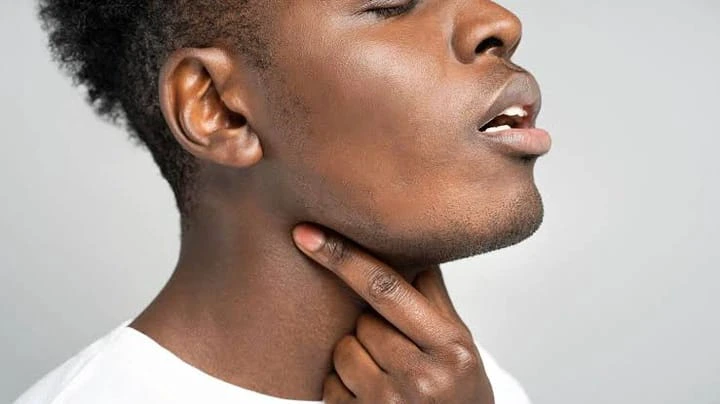HIV symptoms can be subtle, so it’s important to keep track of what you’re doing to help prevent infection. HIV symptoms are very similar to the flu. The major difference is that the virus is not seasonal. That means it affects people all year round, not just in the winter and spring when most flu symptoms appear.
The first sign of HIV infection is a fever, which can be as high as 106 degrees Fahrenheit or 41 degrees Celsius or higher. But you might also have other symptoms like.
Body aches and pains, fever, muscle aches and fatigue, sore throat, swollen glands, diarrhea and vomiting, swollen lymph nodes lymphadenopathy in the neck, armpits or groin, dizziness, fainting and low blood pressure, weight loss.
HIV is spread through direct contact with bodily fluids of an infected person and/or body parts from someone who has an open cut or wound. In addition to having unprotected sex, sharing needles for injection drug use and using unsterilised tattoo needles, other ways of getting HIV are:
Having sex with someone who has an open cut or wound that isn’t covered by a bandage. Having unprotected sex with multiple partners. Getting tattoos or acupuncture without sterilising equipment.
 Moni Malawi
Moni Malawi 
